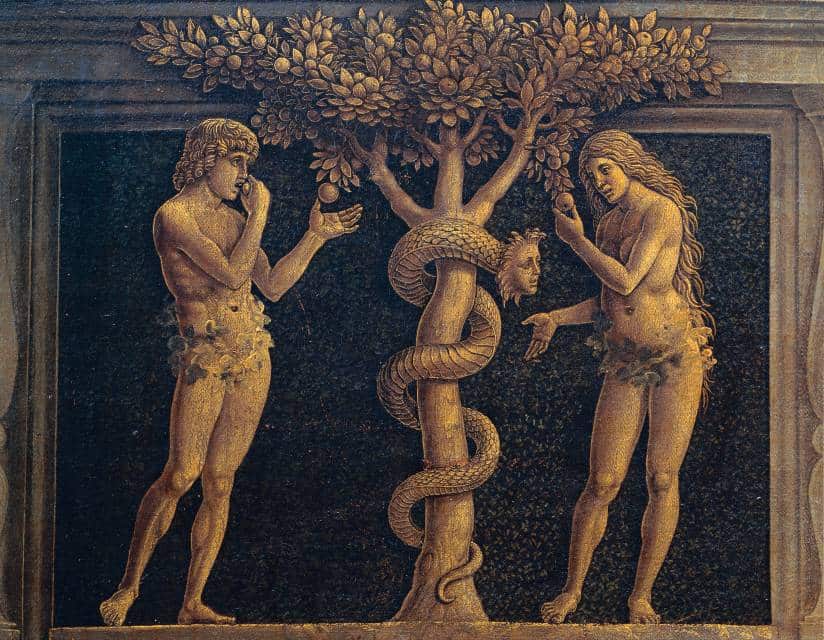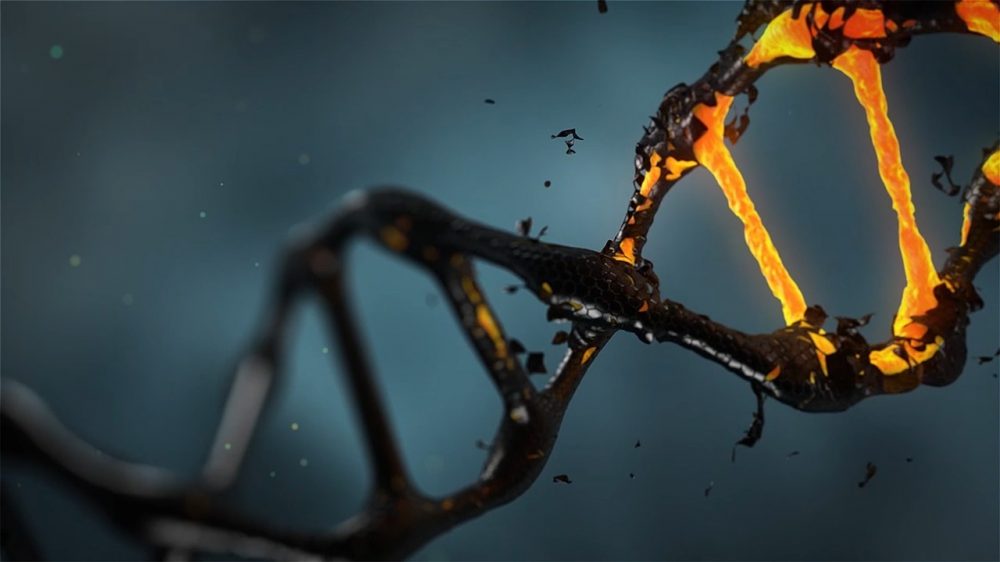Scientific Evidence Shows Humans Didn’t Evolve from a Single Pair 200,000 Years Ago
Those headlines give the impression that science has produced evidence to support the story of Adam and Eve. But the study they rest on does not demonstrate anything of the kind, and other lines of evidence strongly suggest that past human populations were always much larger than two.
The study in question was published in May and received coverage at the time but has been picked up again. Its authors were Mark Stoeckle of Rockefeller University in New York and David Thaler of the University of Basel in Switzerland. It appeared in the journal Human Evolution, and it is “open access” so anyone can read it.
The study is about DNA barcoding: the technique of reading a small chunk of an organism’s DNA and using that to identify its species. To identify an animal, geneticists usually look at a gene called cytochrome oxidase 1 (CO1). This gene is not part of the “main” genome held in the nucleus of animal cells but instead is carried in the mitochondria: tiny sausage-shaped organelles that swarm inside animal cells and provide them with energy.
DNA barcoding is not a perfect method of identifying species, but it works pretty well. That’s because, as the study observes, animals belonging to one species tend to have near-identical CO1 genes, which reliably differ from animals of other species.

Because CO1 genes are so similar within species, regardless of how many individuals there are, Stoeckle and Thaler argue that something must have made them that way. Either evolution is somehow pushing each species to have its version, which seems unlikely, or each species has had almost all its genetic diversity purged – which implies that its population was once very small.
What’s more, these population bottlenecks seemingly all occurred between 100,000 and 200,000 years ago.
Much of the coverage has interpreted this as implying some sort of global event, an unspecified catastrophe that slashed the population of pretty much every animal species. However, Stoeckle and Thaler do not argue that, saying instead that species experience bottlenecks every few hundred thousand years due to the rough and tumble of life.
Thaler was quoted by Fox News saying that “all of animal life experiences pulses of growth and stasis or near extinction on similar time scales”. He listed possible explanations: “ice ages and other forms of environmental change, infections, predation, competition from other species and for limited resources, and interactions among these forces”.
The finding of a population bottleneck also applies to humans. The human genetic data, according to the study, is “consistent with the extreme bottleneck of a founding pair”.
The idea of humans being reduced to a population of two, who then had to repopulate the planet, has understandably drawn people’s attention. But this idea is almost certainly wrong, for a host of reasons.
First, we should always be hesitant about drawing big conclusions from mitochondrial DNA, and especially from a single gene – even if that gene has been examined in hundreds of species. Mitochondrial DNA is only inherited from one’s mother, so it necessarily only tells us about the female line. More importantly, because there is so little of it, it often misleads us. When the mitochondrial genome of Neanderthals was sequenced, it showed no sign that humans and Neanderthals had interbred. The interbreeding was only revealed when the Neanderthal nuclear genome was read.
Second, there is no trace in the geological record of any global event in the last 200,000 years. Any event that slashed populations that significantly would surely have led to a noticeable spike in the extinction rate, and there isn’t one. There are of course the extinctions linked to humans, but those occurred at separate times and locations, not simultaneously across the planet.
Indeed, the study’s finding that the event occurred between 100,000 and 200,000 years ago is too vague to imply a single event. It’s a bit like saying that the Napoleonic Wars happened after the fall of Mycenaean Greece but before 9/11. The suggested timespan is so vast, that there is no reason to invoke a single event at all.
The whole pattern can be explained much more easily by saying that a lot of new species evolved over the last few hundred thousand years. That would not be surprising, because most species are indeed fairly young.
We don’t know for sure how long the average species lasts, partly because the fossil record is imperfect and partly because we don’t have a firm definition of what a species is anyway. But it’s been estimated that species typically last somewhere between 500,000 and 10 million years. It follows that a lot of species on Earth must have originated in the last few hundred thousand years. For instance, polar bears have been estimated to be about 400,000 years old as a species.
Stoeckle and Thaler’s findings would have us believe that 90 percent of species are less than 200,000 years old. I don’t think their mitochondrial DNA data is enough to show that, and studies of whole genomes and fossils will give us more reliable dates that I would expect to be older. But they won’t be that much older. Given that the planet has been in and out of glacial periods over the last 2.5 million years, plus all the upheavals caused by humans and our extinct relatives, the finding that most species alive today are fairly young shouldn’t surprise us.
What about our species? First, Stoeckle and Thaler only ever said that their data was “consistent” with the existence of a founding pair. That doesn’t mean much, and they immediately conceded that the same pattern could have arisen “within a founding population of thousands that was stable for tens of thousands of years”. The fact is, genomic data doesn’t do a great job of revealing the sizes of past populations except in broad-brush terms. The human population was probably pretty small for a long time, but there is no reason to think it was two.
Finally, the archaeological record tells a different story. It used to be thought that our species was about 200,000 years old, which would fit Stoeckle and Thaler’s data. However, in 2017 fossils uncovered at Jebel Irhoud in Morocco turned out to belong to our species, and they were around 300,000 years old. What’s more, our lineage split from that of the Neanderthals (our closest extinct relatives) roughly 500,000 years ago, so arguably our species is 500,000 years old. 200,000 years ago does not appear to have been a particularly special time in the history of our species.




